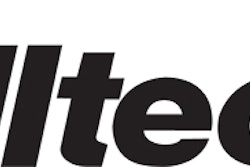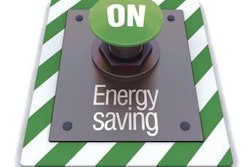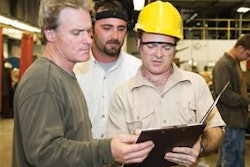Here's a classic understatement: Salmonella has been receiving a lot of attention within our industry for the last few years. That makes some sense, because the US Food and Drug Administration's zero tolerance for the bacteria since the passage of the Food Safety Modernization Act in January 2011 has ratcheted up the number of petfood recalls, even though in nearly all of the cases where Salmonella was found in the environment, no products were contaminated. (And, subsequently and fortunately, no pets or people were sickened.)
Salmonella is getting so much focus, news even came in late February that a scientist is studying it in space! But in terms of contaminants that pose the highest risk to petfood—on a global basis—mycotoxins arguably deserve more attention.
Mycotoxins tend to show up in grain-based ingredients and become even more prevalent after the type of drought the US suffered in 2012. As Dr. Max Hawkins of Alltech describes in his article, the grocery chain Hy-Vee's recall of its private label dog food products in February shone a spotlight on the elevated risk posed by drought conditions.
According to a Reuters.com article, crop insurance data from the US Department of Agriculture showed payouts for mycotoxins as of the beginning of March had reached almost US$75 million, three times the level of a year before. Nearly 85% of the claims were filed in six states (Arkansas, Illinois, Indiana, Kansas, Mississippi and Missouri), all among the states hit hardest by the drought.
Yet the risk is not limited to the US or areas with mycotoxin friendly situations such as drought. Dr. Hawkins shares that, in a survey his colleagues conducted around the world, 965 samples of grains, ingredients and feeds (including dog food) showed 98% contamination with one or more mycotoxins, 93% contamination with two or more and 39% contamination with more than five mycotoxins. Now that's scary—and potentially costly, judging by the US insurance payouts.
To help protect your products, it pays to be informed. Biomin just announced the launch of a mycotoxin risk management app that the company says is the first to allow instant access to worldwide data, by region and subregion, on mycotoxin occurrence. The app, available for all Apple and Android devices, also provides information on possible risks, though currently, those appear to be risks indicated for food production animals. Biomin says the app draws from its own global mycotoxin survey, which in 2012 alone collected 4,000 samples worldwide and included nearly 14,500 analyses.
In the US, you can monitor drought conditions by bookmarking the National Weather Service's Climate Prediction Center map. It's updated every two weeks. While that won't provide information on mycotoxin prevalence, it will offer, indirectly, some idea of potential risk. (And you might need to stay updated on drought conditions for other reasons anyway.)
Of course, monitoring is just one piece of the puzzle in figuring out how to prevent mycotoxin contamination. Dr. Hawkins' article offers some management strategies, including ones on sampling and testing for mycotoxins. You can find other sampling tips and information specific to aflatoxin from the Iowa Grain Quality Initiative Program at Iowa State University.
In the ongoing battle against mycotoxins, being informed means being well-armed.
















